One of the most admired films by visual artist Joyce Wieland (1930–1998), Rat Life and Diet in North America tells the story of rats (actually pet gerbils) held as political prisoners in the United States (their jailer a cat), who make a heroic escape to Canada. Although this narrative is recounted through wryly worded intertitles, Wieland’s film nonetheless conveys a sense of menace and urgency. For these protagonists “Canada” becomes a utopian destination, promising abundance, pleasure, and peace. The film was created in 1968, when international student protests against the military and capitalist establishments, the rise of the New Left, and worldwide demonstrations against the Vietnam War were commonplace. During this time many young American men fled to Canada to avoid being drafted into the military.
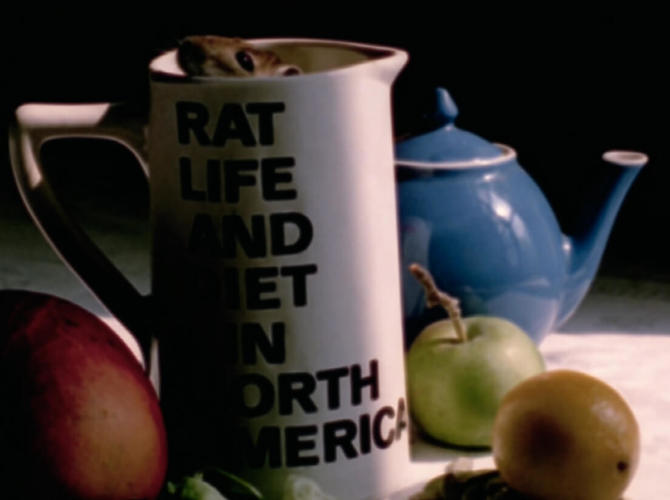
Joyce Wieland, Rat Life and Diet in North America, 1968
16mm film, colour, sound, 14 min. 30 sec., National Gallery of Canada, Ottawa
With this work Wieland updates the animal fable found in many cultural traditions, where the misadventures of animals are understood as moral or political allegory. In Rat Life and Diet in North America, the act of crossing the Canada-U.S. border is construed in political terms. Somehow the sight of rodent escapees on Canadian soil, happily munching on fruit and flowers, stands in for the desires of a peace-loving, anti-war, countercultural generation and the determination to forge an alternative to the dominant American ideology.
This Spotlight is excerpted from Joyce Wieland: Life & Work by Johanne Sloan.
 Stitching the Archives
Stitching the Archives
 A Working-Class Hero
A Working-Class Hero
 Imagining Entangled Futures
Imagining Entangled Futures
 Bridging Far and Near
Bridging Far and Near
 Soft Power
Soft Power
 Imagining Emancipation
Imagining Emancipation
 A Priceless Portrait
A Priceless Portrait
 Meditation in Monochrome
Meditation in Monochrome
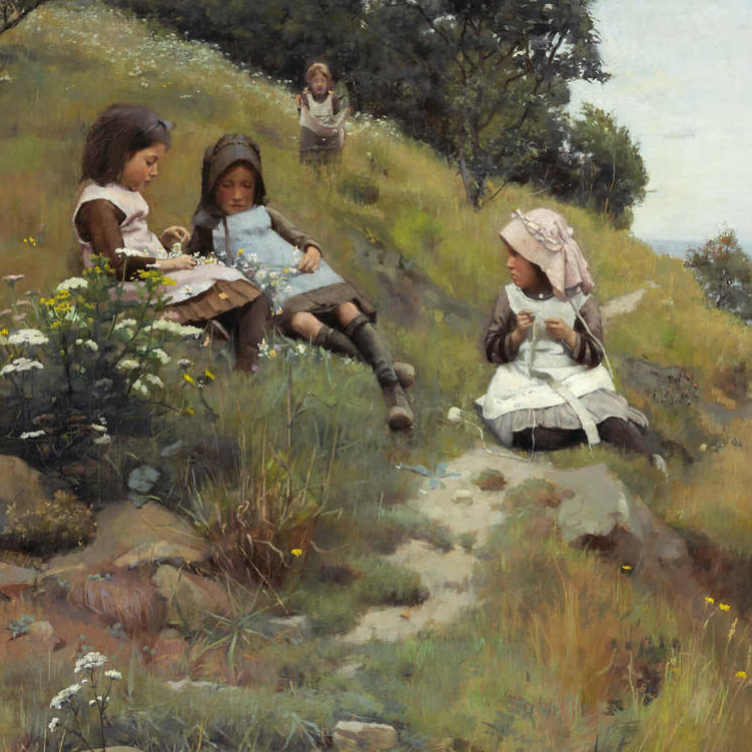 Making His Mark
Making His Mark
 Honour and Sacrifice
Honour and Sacrifice
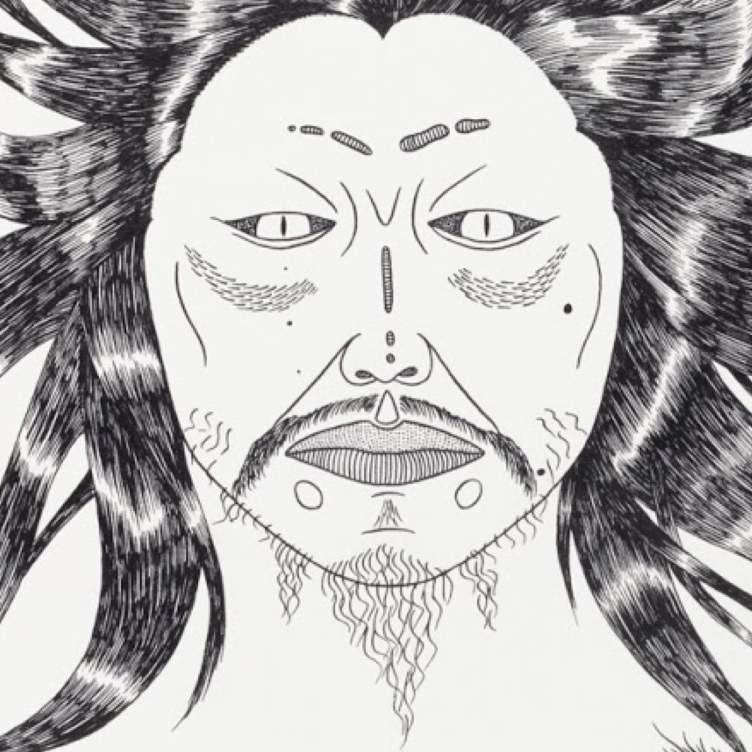 A Monstrous Vision
A Monstrous Vision
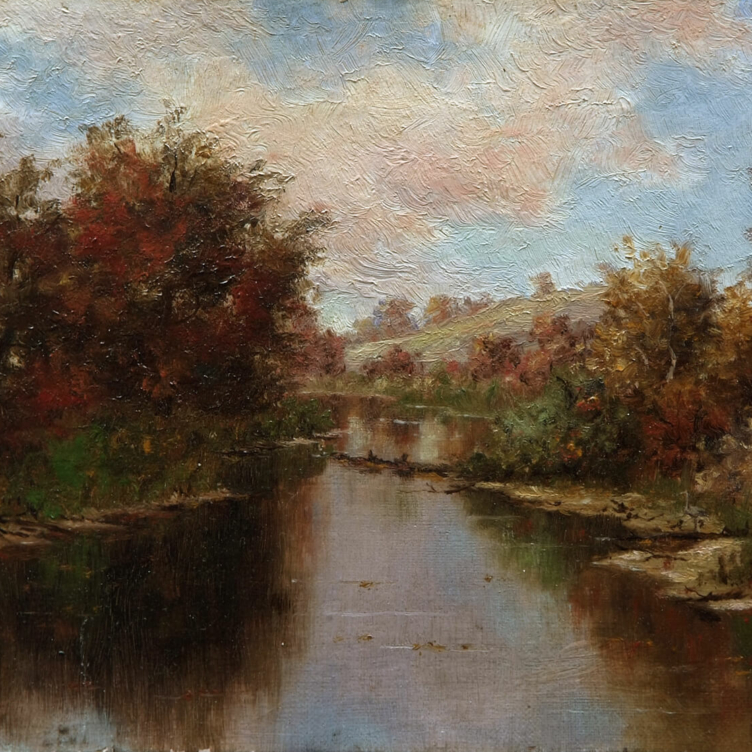 Remote Beauty
Remote Beauty
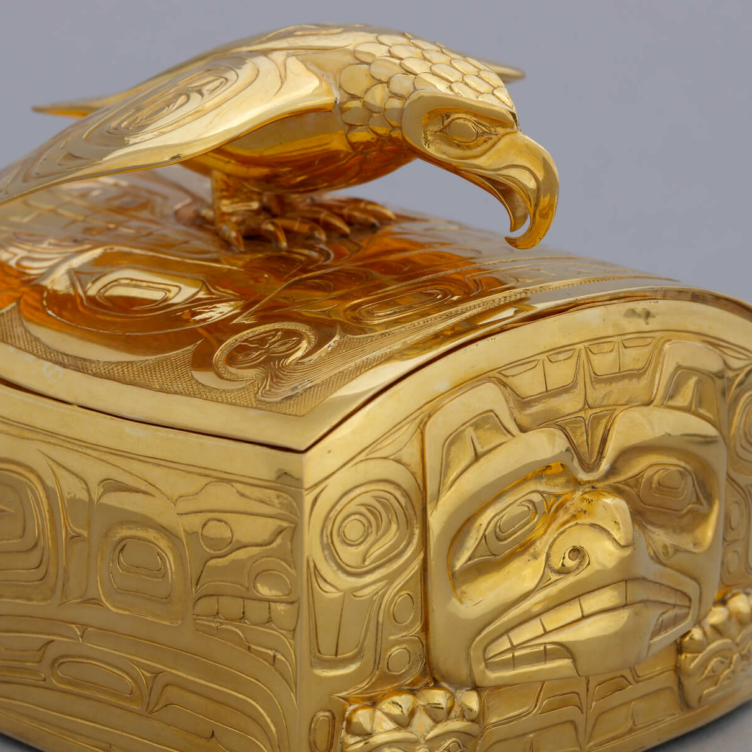 Pride and Resistance
Pride and Resistance
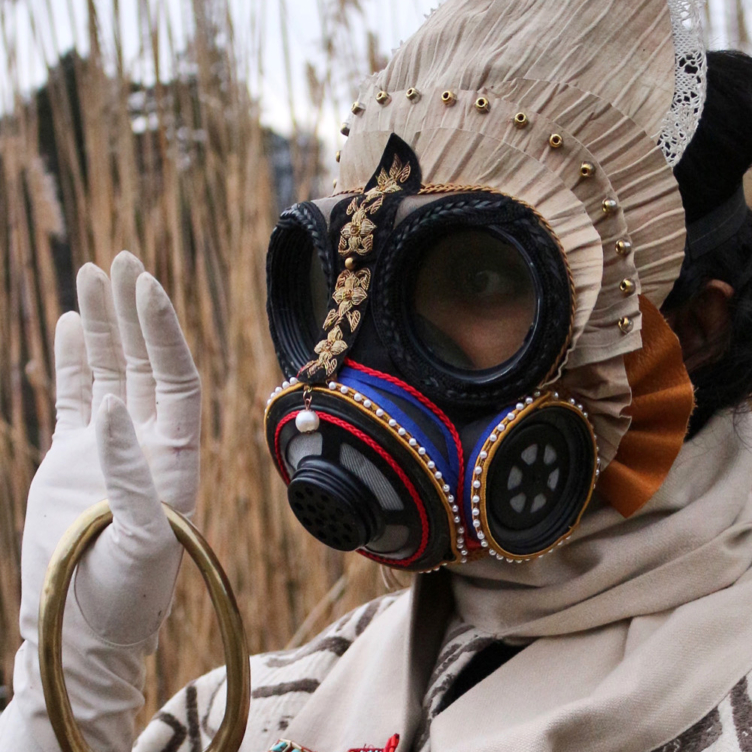 Dressed for Danger
Dressed for Danger
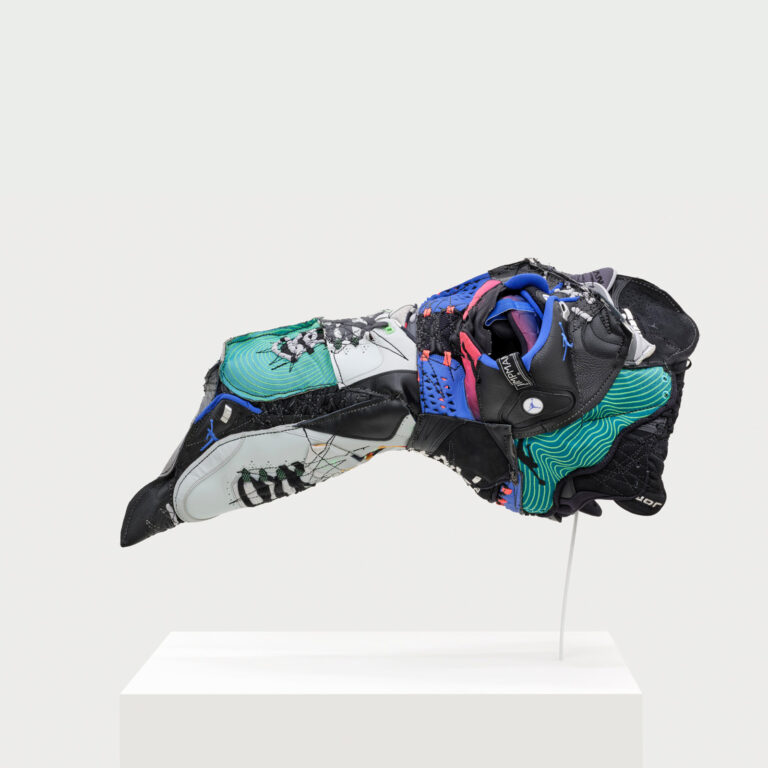 Masks from the Past
Masks from the Past
 Lessons from the Land
Lessons from the Land
 A Cultural Hero
A Cultural Hero
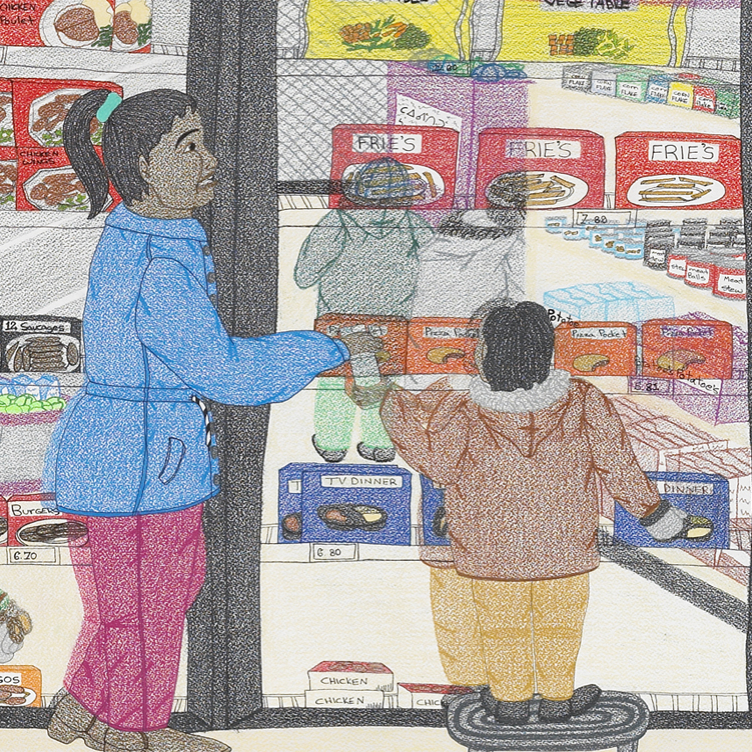 Food for Thought
Food for Thought
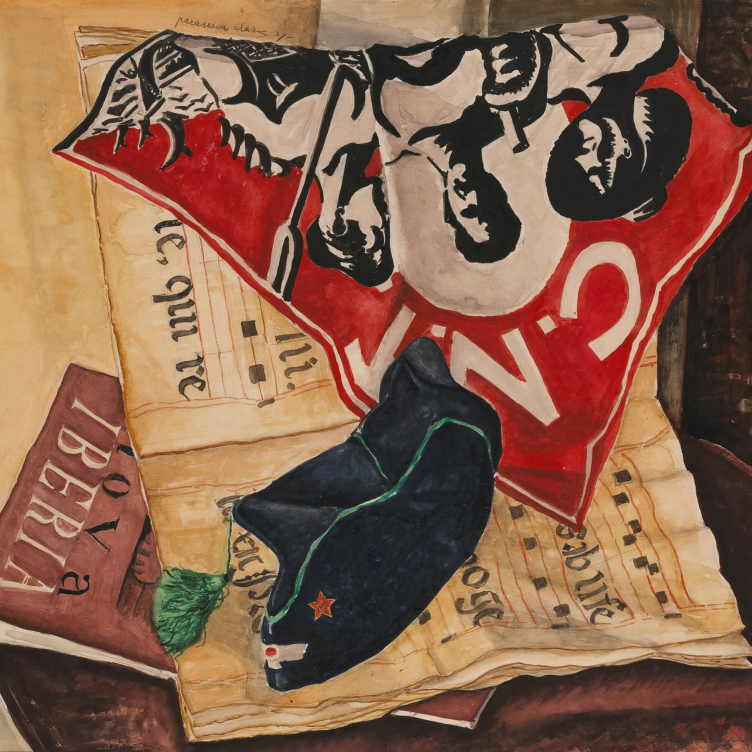 A Passion for Activism
A Passion for Activism
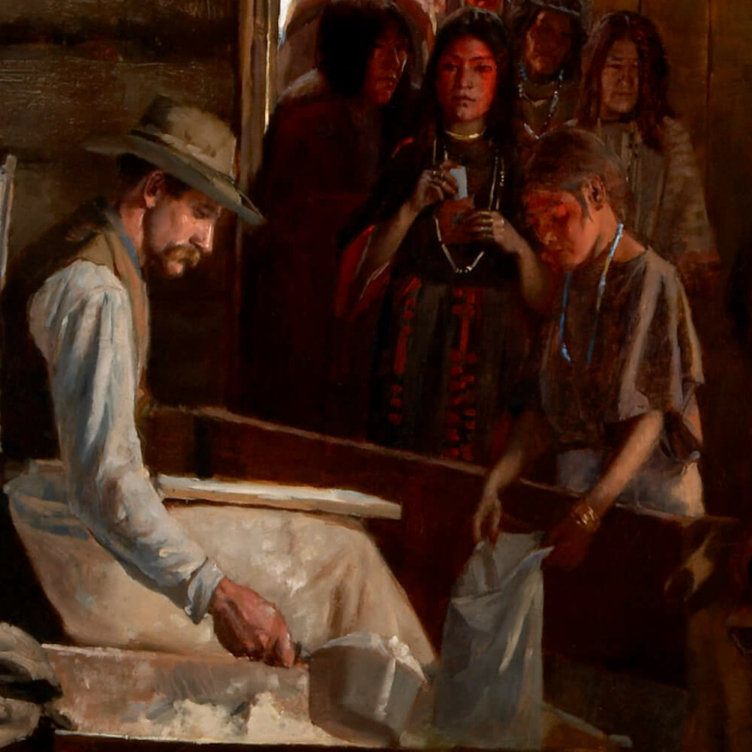 Starvation and Scandal
Starvation and Scandal